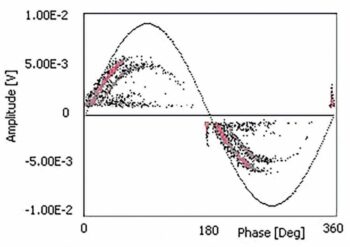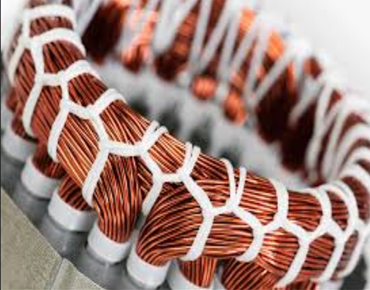By Len Dissado, Ph.D.
1. First sit down and think what you want the readers to learn from your work that is new to them, i.e. what do your results tell them that they did not know before and why is it important for them to know it.
2. Now you write your conclusions. NOT– I did this in this way (you tell them this in the body of the paper), BUT — this is what I found out and this is what it means.
3. Now you can start to write the paper. You do this in a way that leads to your conclusions.
4. Begin with the introduction. Not platitudes such as ‘XLPE is used for insulation because of its great electric and mechanical properties’ — readers to TDEI will know this. You could use this phrase for a paper in a Physics journal. What you do in the introduction is introduce your work. You say why the work is needed, i.e. what we don’t know (this requires some comments on previous published work) and what you are doing here to answer those questions. Keep it short–one full A4 page.
5. Write the EXPERIMENTAL (or if the work is a theory the THEORETICAL) section. This should contain full details about the experiment, sample geometry, preparation, voltages, temperatures, and so on. If any property is not controlled, for example relative humidity, make it clear that this is the case and make a guess as to its value. In the case of theory, give the physical/chemical basis of what you are doing and the fundamental equations that you start with. For modelling give the parameters that you use and the reasons for using these values.
6. Write the RESULTS section. It is best to give numerical data in plots. State what you see, i.e. the x-property showed a thermally activated behaviour but had a peak as a function of voltage or concentration of nano-particles. In this section just describe the results, don’t try to explain the results–leave the explanations to the Discussion section.
7. Write the DISCUSSION section. Here you analyse the results and try to relate them to existing work and theories. You can also put here some basic theoretical ideas of your own if the existing theories do not work. For example you DO NOT put in the discussion just that the activation energy was Y eV, you have to go on and say whether this corresponds to activation energies that have been measured previously or activation energies for other processes that then relate what you have measured to those other properties. You do the same for any other property dependences that you measure. If your work is theoretical you should put here a comparison of your results with those of other theories or with experiment.
8. NOW and ONLY NOW do you write the ABSTRACT. This is not a copy of the first part of the introduction. You NOT say why you are doing the work. What you put in the ABSTRACT is a very short description of what YOU have done, and what the main outcomes were, e.g. ‘The DC conductivity of LDPE nano-composite was measured for a range of nano-particle concentrations at different temperatures and fields’. You say what the major outcomes were e.g. ‘it was found that the there was a peak in the conductivity as a function of nano-particle composition, and the process was thermally activated with an activation energy that depended upon nano-particle composition and applied field.’ If you can relate the work to existing theory you can say so, e.g. these results were discussed in terms of current theory’ or if not you can say that the results did not agree with current theory and the differences are discussed’. That is ALL you put in the ABSTRACT.
9. Now you can think about your title. Make it as short as possible, for example: ‘ The DC Conductivity of LDPE Nano-composites’.





